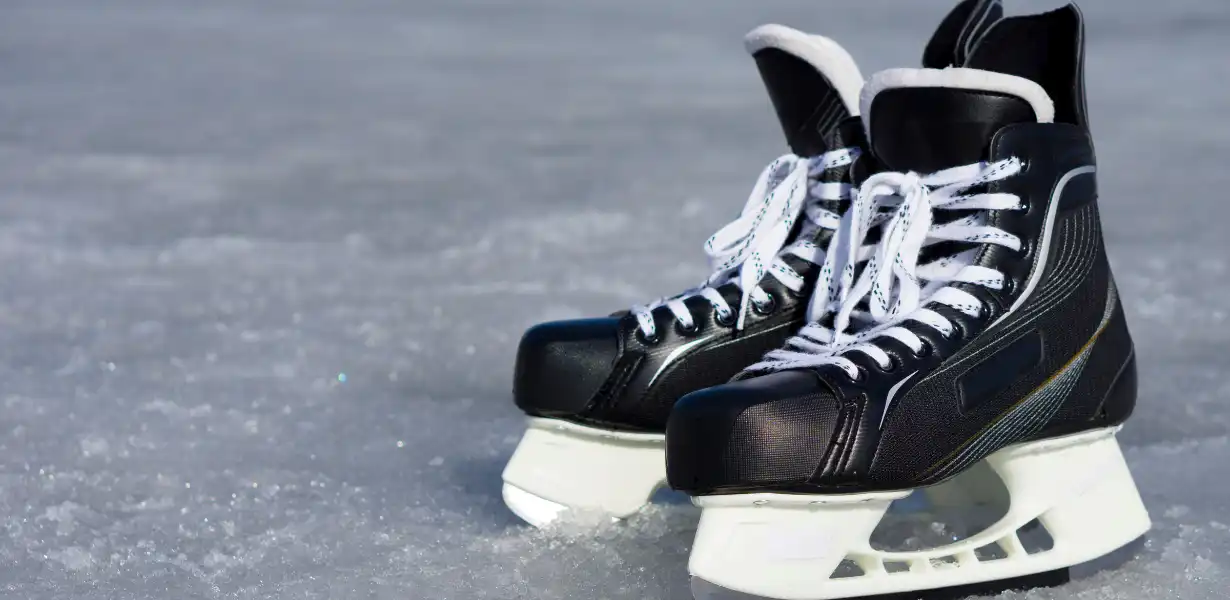In the world of hockey, having skates that fit like a glove is just as crucial as wielding a top-tier twig. One popular way to achieve that custom fit? Baking your skates. It’s a technique used by players looking to mold their boots quickly—but should you try it at home?
Let’s break it down: the pros, the risks, and the alternatives every hockey player should consider before tossing their skates in the oven.
What Does “Baking” Your Skates Mean?
Baking skates is a heat-molding process that allows the interior materials—typically memory foam and thermoformable plastics—to soften and conform to the unique shape of your foot. The goal? A glove-like fit that enhances comfort, reduces break-in time, and improves performance on the ice.
It’s especially beneficial for stiffer, high-performance boots designed for elite-level play.
The Pros of Baking Your Skates
1. Faster Break-In Time
Say goodbye to sore feet and blisters. Baking accelerates the break-in process so you can focus on your game, not your discomfort.
2. Improved Fit and Comfort
A custom-molded skate hugs your foot more naturally, eliminating pressure points and hot spots.
3. Better On-Ice Performance
A snug, secure fit means more efficient energy transfer through every stride, pivot, and stop.
The Risks of Baking Your Skates at Home
Here’s where it gets tricky. Baking skates at home comes with a few serious risks if not done right:
1. Heat Damage
Home ovens can be inconsistent. Too much heat, and you could warp the boot, melt plastics, or ruin the liner.
2. Uneven Heating
Unlike pro shop skate ovens that deliver even, controlled heat, your kitchen oven might create hot spots, leading to an uneven mold—or worse, a lopsided fit.
3. Voiding the Warranty
Some manufacturers won’t honor warranties if skates are baked outside of a certified shop. Always check before you bake.
4. Not All Skates Are Bakeable
Entry-level or recreational skates often lack thermoformable materials. Baking them won’t help—and could do permanent damage.
What’s the Alternative? Natural Break-In
If you’re unsure about baking your skates, there’s a time-tested alternative: just let the skates break in naturally.
While it may take a few ice sessions, gradually forming your skates through real game-time movements is the safest and most consistent way to achieve a personalized fit. It’s also completely risk-free and doesn’t require special equipment or oven acrobatics.
Natural Break-In Tips:
• Wear your usual game socks every time.
• Tie your skates the same way each time to help the boot mold consistently.
• Log shorter sessions at first to avoid excessive discomfort.
• Use skate guards off the ice to keep the structure intact.
Natural break-in takes patience, but it rewards you with a custom fit that forms the way you actually move on the ice—nothing artificial about it.
How to Bake Your Skates at Home (If You Still Want To)
⚠️ Before you start: These are general guidelines. Always refer to your skate manufacturer’s specific instructions. Not all skates are designed to be baked, and improper baking can damage your gear or void your warranty. Proceed with caution!
If your skates are confirmed to be heat-moldable and you’re ready to go the DIY route, here’s a step-by-step approach to help you get that custom fit:
1. Preheat Oven to 175°F (80°C)
Never go above 200°F. Overheating is a surefire way to warp or melt components.
2. Remove Insoles
This prevents warping and helps the heat distribute more evenly inside the boot.
3. Place Skates on a Tray
Lay down a towel or silicone mat to protect the blades and avoid slipping.
4. Bake for 5–7 Minutes
Keep a close eye on them. You’ll know they’re ready when the boot starts to feel slightly soft to the touch—not floppy or sagging.
5. Lace Up and Sit for 15–20 Minutes
Put on your regular game socks, lace the skates comfortably snug (not too tight), and sit in a chair with your knees at a 90° angle. Staying still helps the boot mold to your foot shape.
6. Cool Down for 24 Hours
Let the skates fully set before hitting the ice. Don’t rush it—this is crucial for locking in the fit.
Pro Shop vs. Home Bake: What’s Better?
If you’ve invested in a high-performance skate, a pro shop bake is your safest bet. They’ve got specialized ovens and trained staff to ensure perfect results. But if you’re confident in your skills, have the right kind of skates, and want that elite fit on a budget, home baking can still deliver.
Final Verdict: Should You Bake Your Skates at Home?
✅ Yes—if your skates are bake-ready, your oven is accurate, and you’re confident you can follow the steps precisely.
❌ No—if you’re unsure about your skates or want to protect your investment. Pro shops or natural break-in are better routes.
And remember: baking your skates isn’t the only way to get that locked-in fit. If you’re patient, natural wear will shape your boots to your foot over time—no heat required.
#SkateFit #HockeyTips #ABHS #AllBlackHockey #GearUp #NaturalBreakIn #FromOvenToIce #PlayHardStayFresh #CustomFitConfidence

